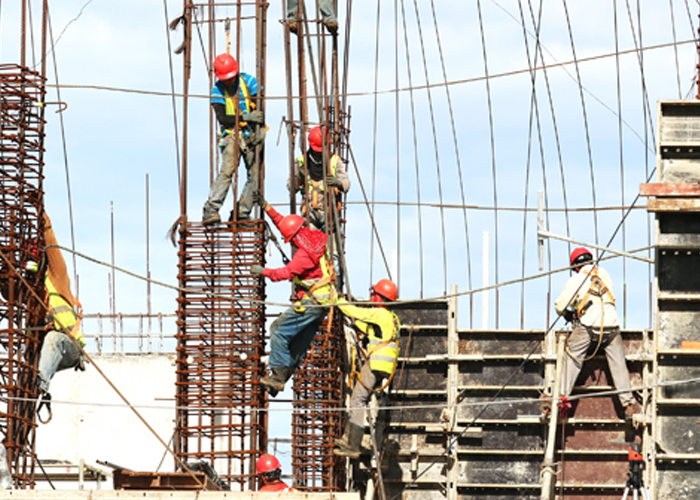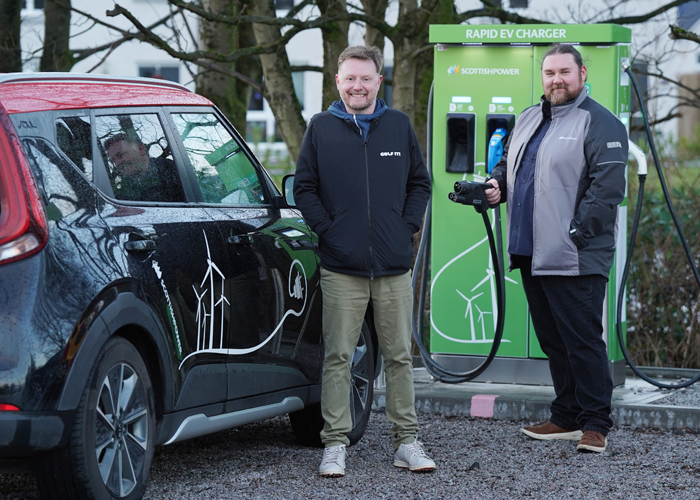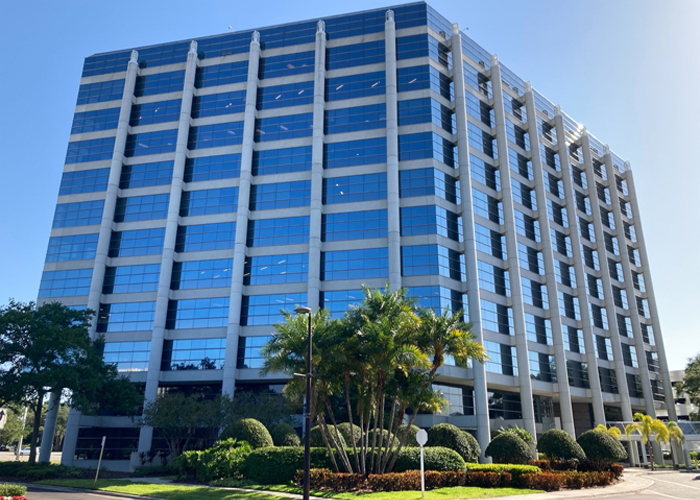STATISTICALLY speaking, the construction industry is among the most hazardous. Only agriculture is more dangerous, according to data cited by the Health and Safety Executive. The data suggests that around 74,000 workers in construction suffered from work-related ill-health in the three-year period between 2019 and 2021. Over the last year for which there is data, 2020/21, thirty-nine workers suffered fatal injuries.
These statistics are a problem for the industry. Not only is it ethically desirable to keep workers safe, it’s also financially desirable. Workers who are injured are less productive, and potentially demoralised. Plus, there’s the likelihood that an injured worker may pursue a legal remedy.
The research identifies five different causes of fatal injury. Let’s take a look at some of them, and how they might be guarded against.
Falls from height
Falls from height account for a full 50% of fatal accidents, and around 19% of non-fatal ones. They’re obviously a greater concern where workers are working at height. It’s essential that equipment is working correctly, and that workers are trained to work safely at height while identifying potential risks. A pro-active and regular regimen of training, inspection and supervision is necessary to reduce this risk. In sites where the risk is particularly pressing, such as multi-storey projects and skyscrapers, this is especially concerning.
Slips, trips and falls
This is a catch-all term that actually covers a range of accidents, caused by the surface underfoot. Accidents of this kind can be prevented by removing obstacles from the worksite, by advertising them more clearly so that workers can avoid them more easily, and by making the switch to high-grip footwear and walkways.
Among the more common causes of trips are trailing cables. This danger can be at least partly guarded against by making the switch to battery-operated tools. After all, if there’s no trailing cable to trip over, a sizeable portion of accidents can be prevented before they happen.
Struck by a moving vehicle
Construction workers need to be able to move around. Sometimes, they need to operate heavy vehicles, which can pose a risk to other workers. This is typically a problem of information: the person operating the vehicle might not be aware of their surroundings, with the result that a collision might occur. Mandating that all workers wear high-visibility clothing, and that lights and protective equipment are distributed, can be very helpful, here.
Mishandling machinery and equipment
The tools you use will fall into disrepair over the long-term, especially if they’re not being properly stored and cared for. Disrepair will make accidents more likely, and more damaging when they do occur. Frequent inspection and preventative maintenance can help to reduce the risk. Note that certain kinds of tool pose a risk no matter how well they’re handled: these should be banned outright.










